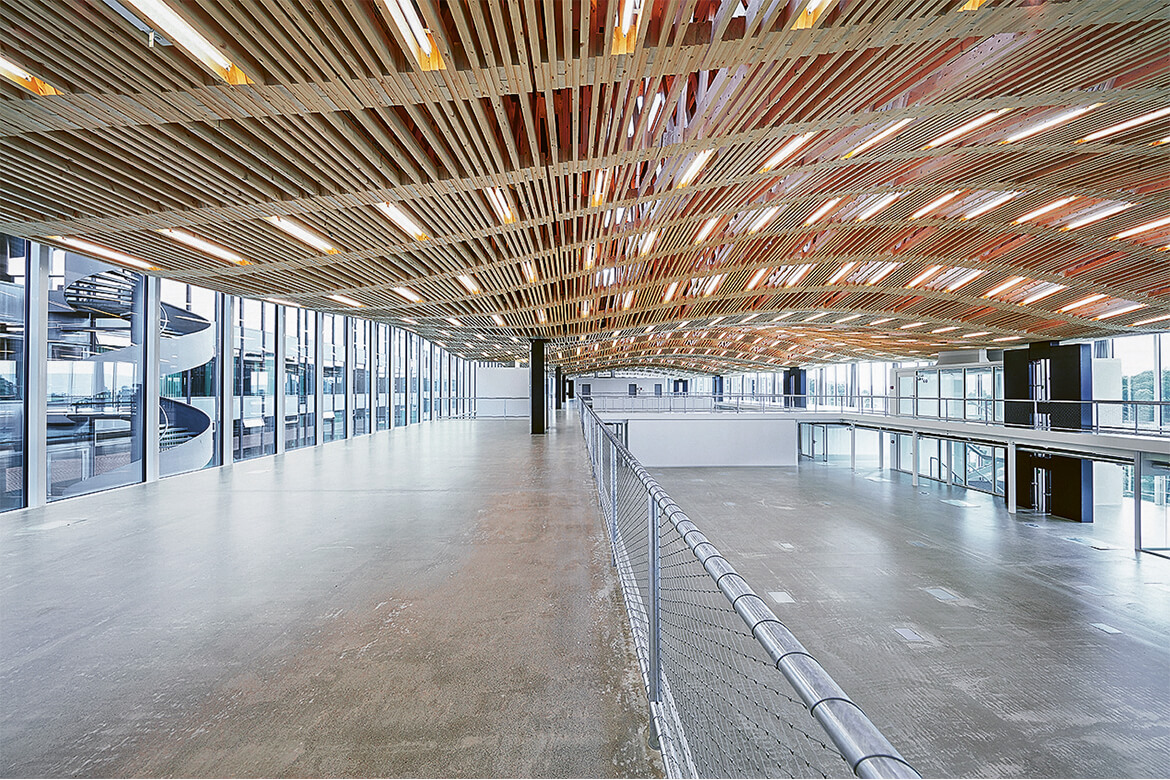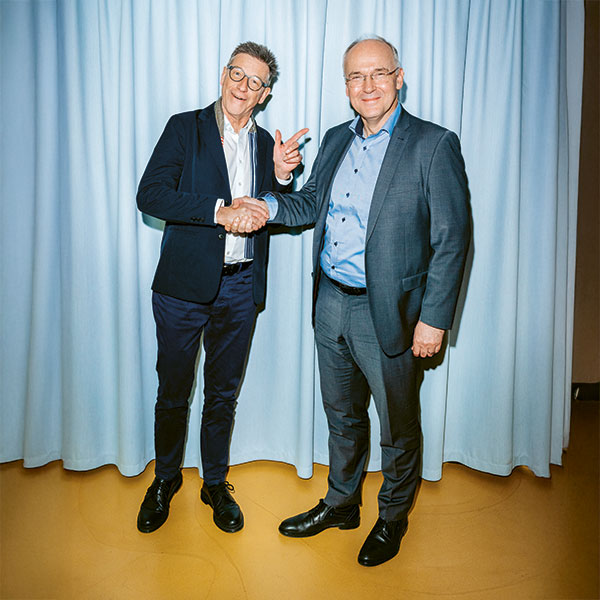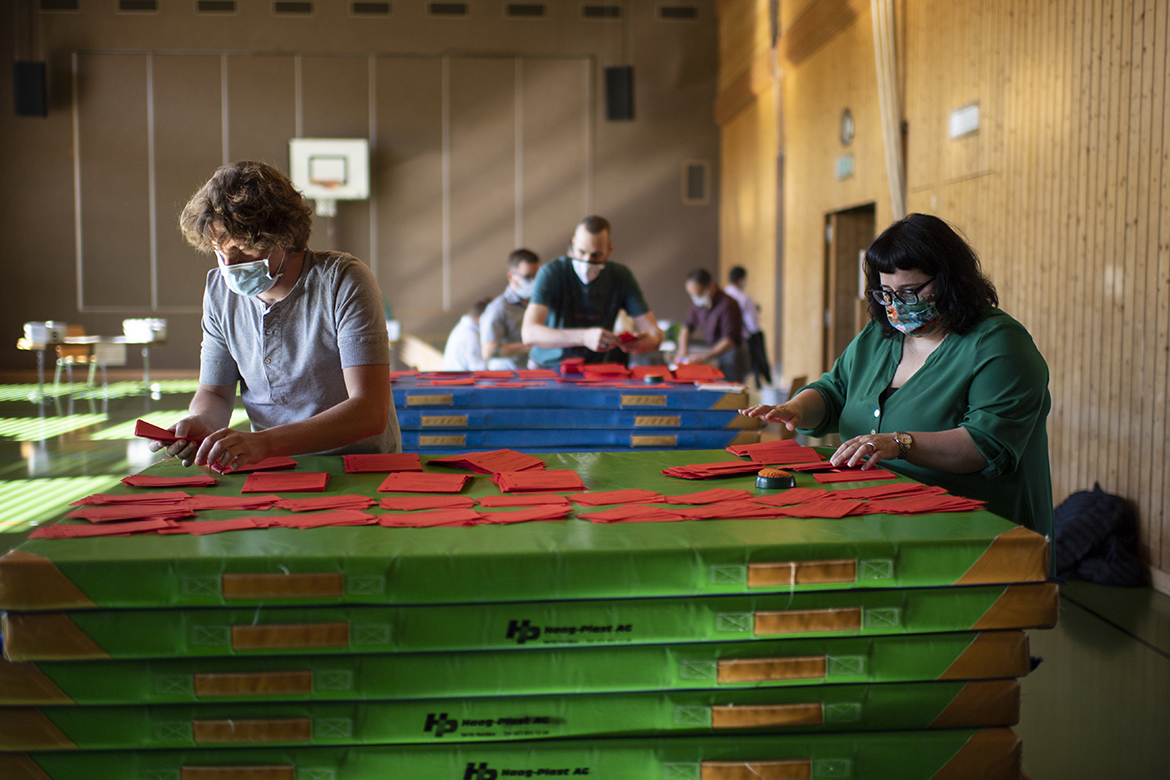Why digitally built structures aren’t always sustainable
Digital building technologies can help to save money. But in the long run, they’re not always environmentally friendly.

The wooden ceiling of the Arch-Tec-Lab of ETH Zurich was programmed by computer and constructed by robots. | Image: Andrea Diglas
The building sector is responsible for roughly a third of the world’s consumption of energy and resources. This is why researchers are looking into digital technologies that could make construction more sustainable – using robots, 3D printers and computer-assisted calculations. A study carried out by the National Centre of Competence in Research ‘Digital Fabrication’ has now demonstrated that these technologies only work if digitally designed buildings can last for several decades without having to be renovated or upgraded extensively.
Algorithms develop sophisticated plans to construct stable buildings using as little material as possible. 3D printers then produce cheap, multifunctional building elements that unite the specific characteristics of different materials. “In this way, we can save on resources. It helps to conserve the environment, and means spending less”, says Guillaume Habert, a professor of sustainable building at ETH Zurich. However, recycling such multifunctional elements is less environmentally friendly, because it takes a lot of energy to separate and recycle them.
Habert’s team has developed an environmental assessment to estimate the sustainability of digital construction. They considered all the processes that are relevant during the lifespan of a product, from extracting the raw materials to the production, use and recycling of all building components.
Their results show that the environmental impact of multifunctional construction elements is primarily determined by the duration of their operating life. So digital building projects should first guarantee that it will be possible to renovate and upgrade the finished building without undue expense. “Only then will these new technologies be worthwhile in terms of sustainability”.
I. Agustí-Juan et al.: Environmental assessment of multi-functional building elements constructed with digital fabrication techniques. The International Journal of Life Cycle Assessment (2018)




